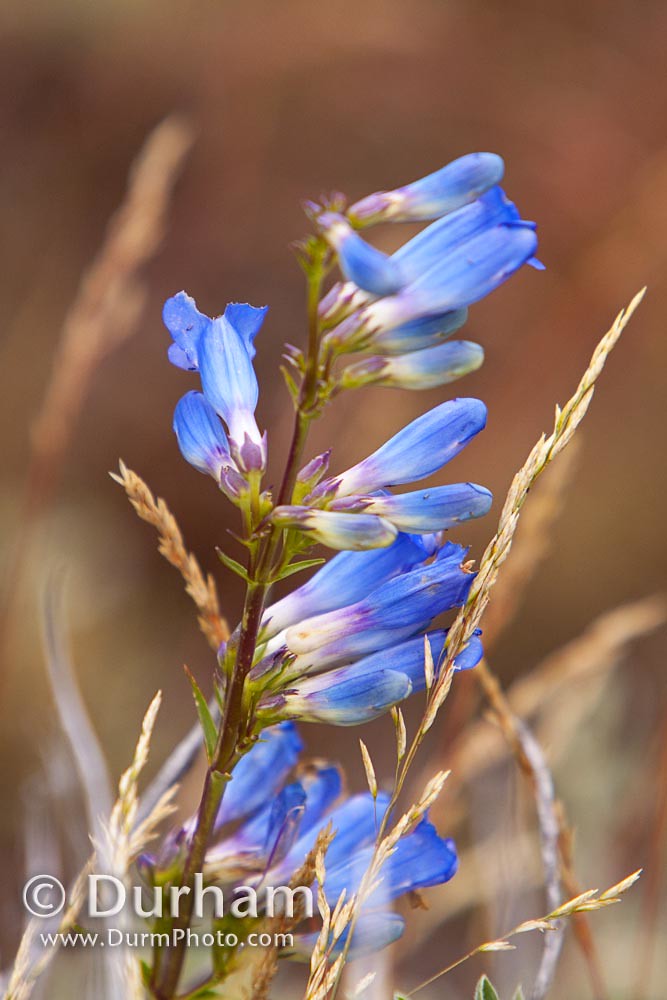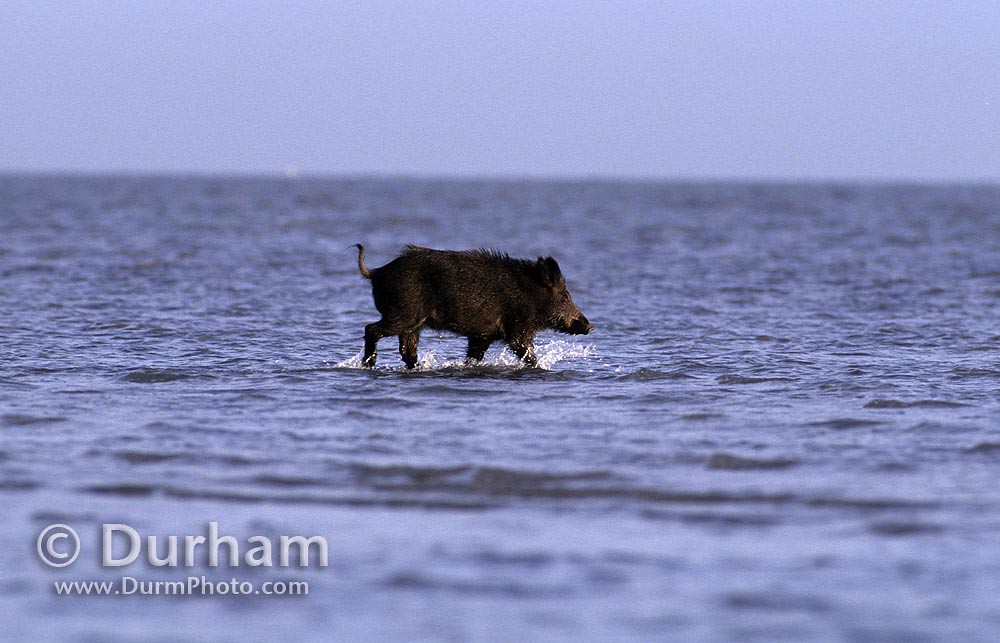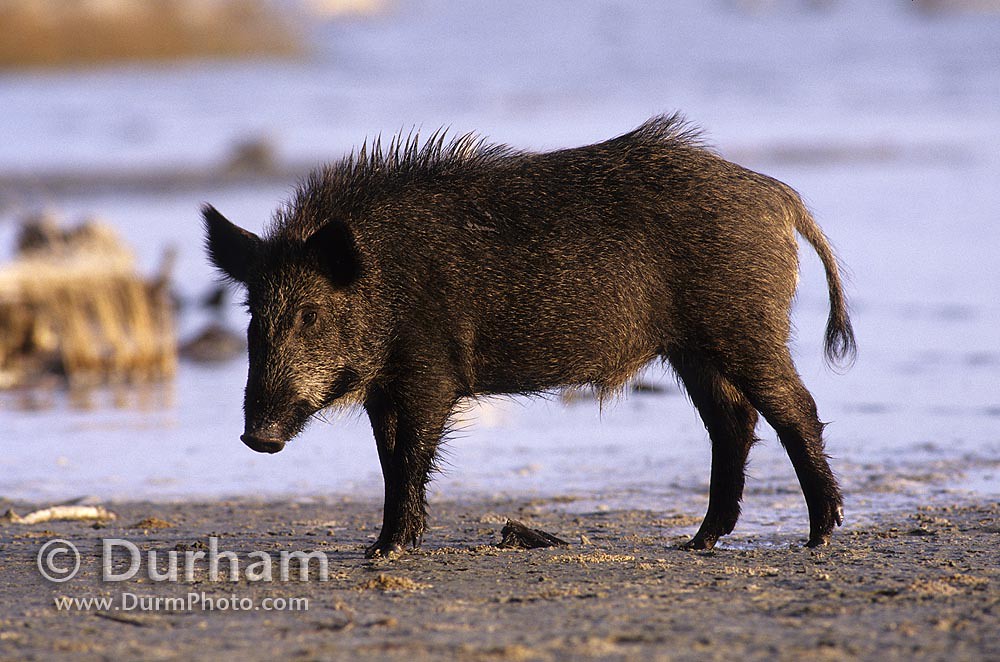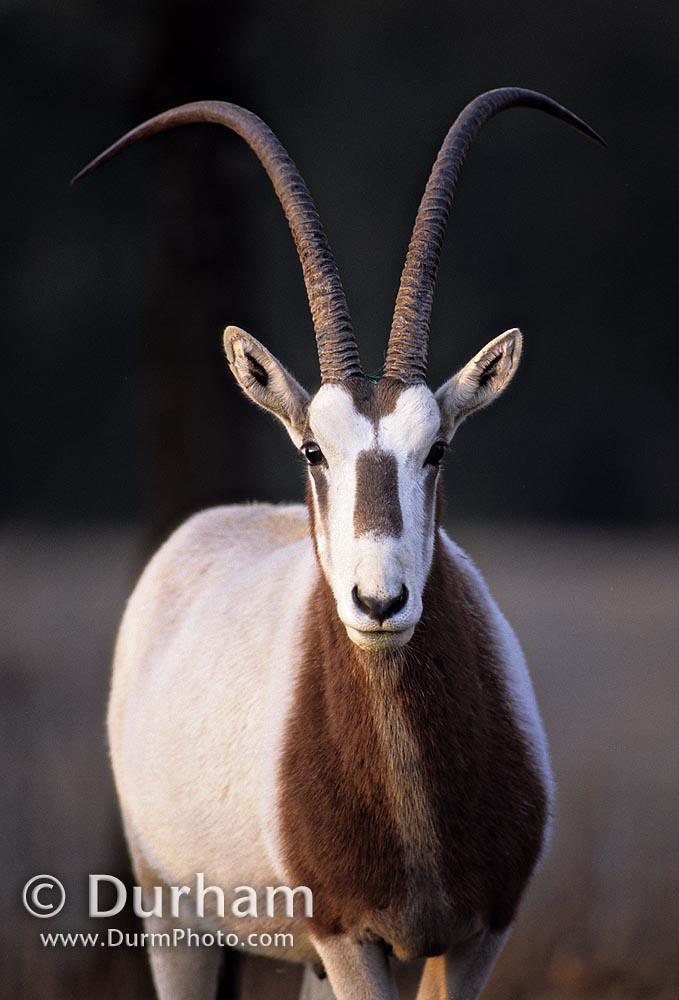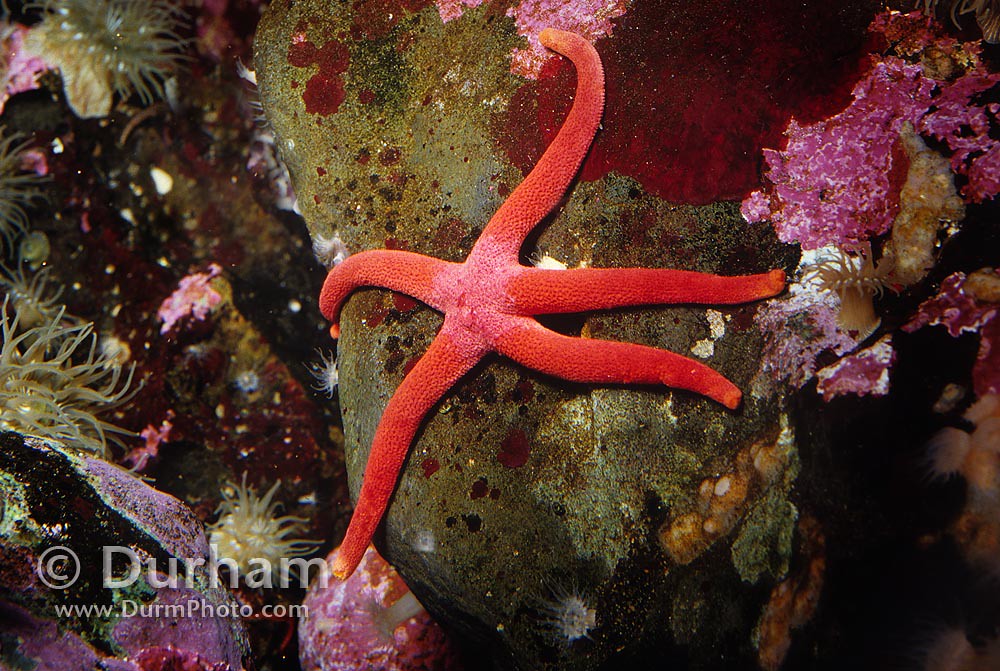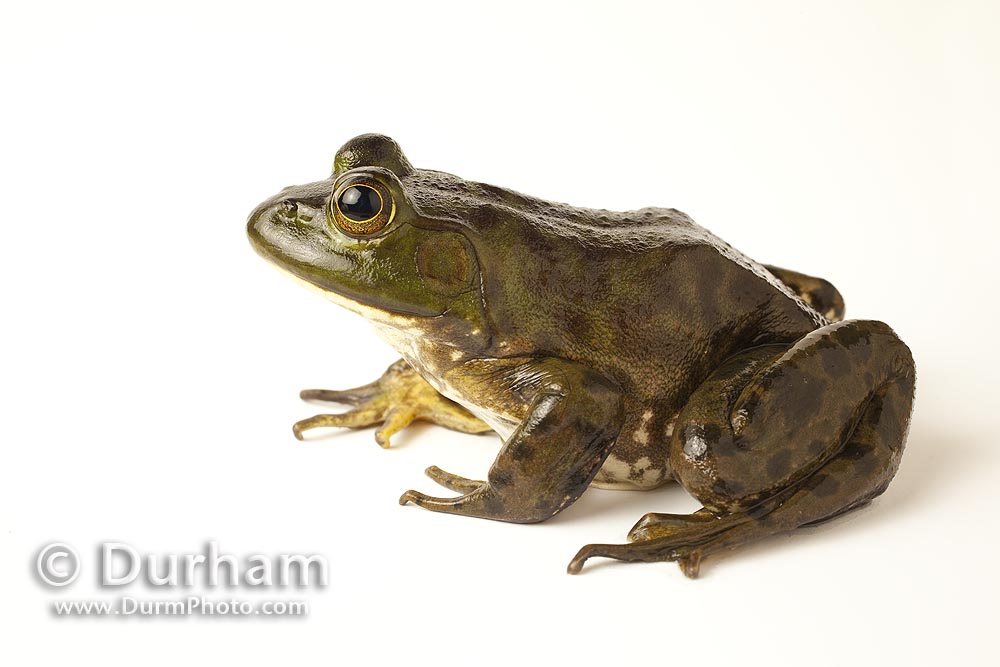I will be out of reach of the interwebs for the next week or so as I head out to the wilds of Idaho. I am still recovering from my recent health setback, but I feel fit enough to travel.
I should be back in action around the 4th.
Saturday, June 26, 2010
Friday, June 25, 2010
Jumping Grasshopper
The timing on this was tough, and I spent two afternoons trying to get it right. Also - have you ever tried to get a grasshopper to jump on cue?
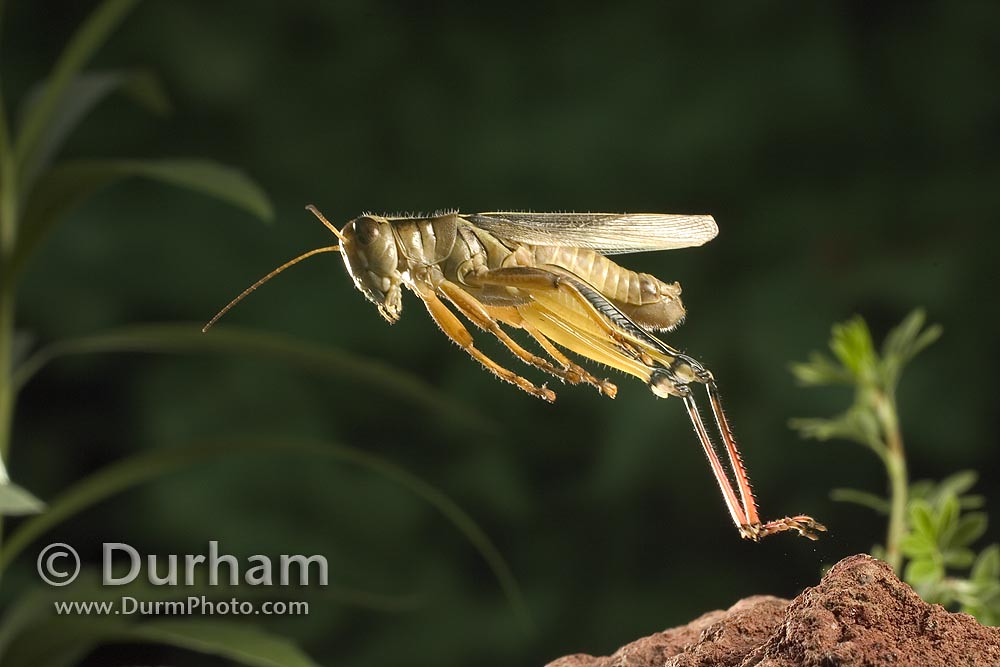
grasshopper jumping

grasshopper jumping
Thursday, June 24, 2010
Bat With Injured Wing
Working with wild bats it is not unusual to find bats that are recovering from injuries. After all, they live a hard knock life that is full of peril.
This big brown bat has a hole in its wing that has not diminished its ability to fly or hunt. It's hard to say how it might have been injured. It might have escaped from the claws of a predator, or snagged a cactus or barbed wire fence. Over time, the hole will heal over leaving an obvious scar.
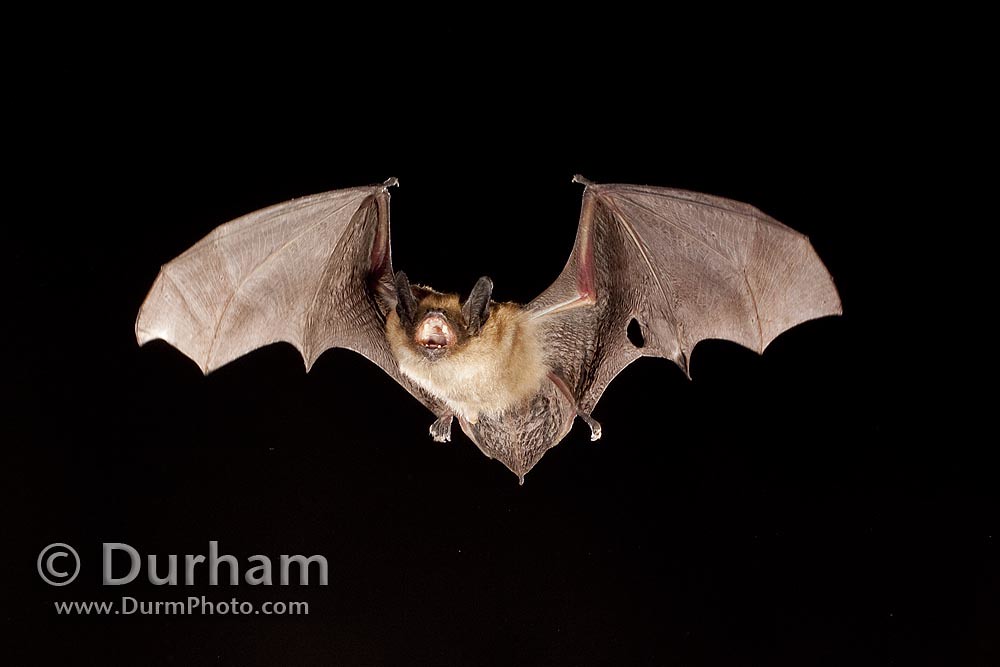
bat with inured wing
This big brown bat has a hole in its wing that has not diminished its ability to fly or hunt. It's hard to say how it might have been injured. It might have escaped from the claws of a predator, or snagged a cactus or barbed wire fence. Over time, the hole will heal over leaving an obvious scar.

bat with inured wing
Wednesday, June 23, 2010
Big Brown Bat (Eptesicus fuscus)
Big brown bats are one of the more common bats of North America. If I were to describe their personality it might typically be along the lines of "angry pitbull". This is understandable since I often encounter them after they have been caught in a researcher's net. I'd be angry too. The occasional meal worm offering does not usually assuage their attitude.
But every once and a while you into a big brown bat that is actually kind of sweet. This is not uncommon in a lot of species of bats. Some personalities are just calm as cucumber, but not usually big brown bats.
This one was sweet, and a great flier.

big brown bat (Eptesicus fuscus)
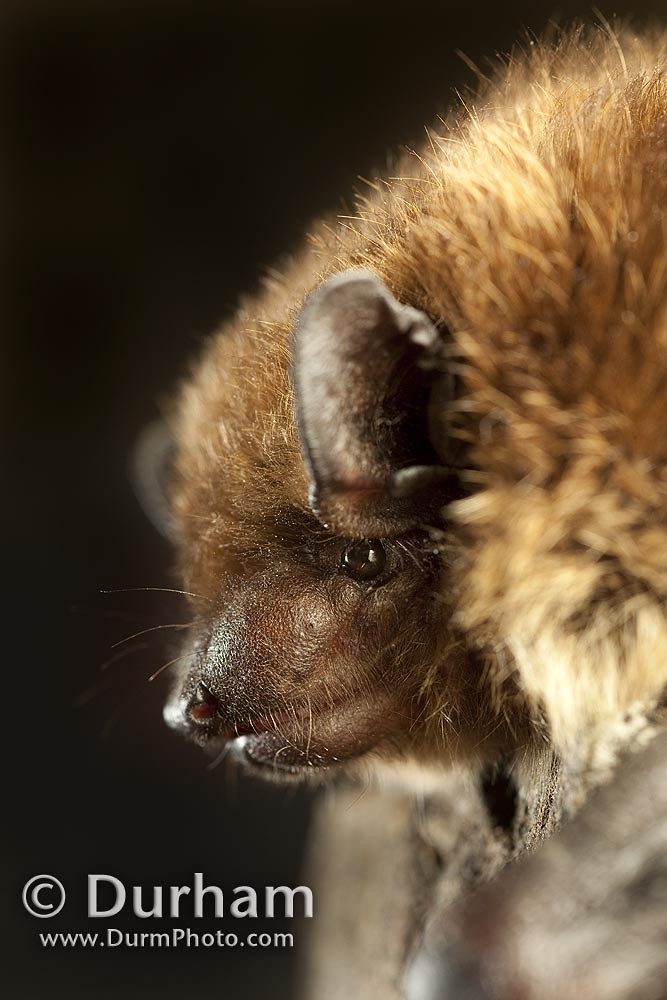
big brown bat (Eptesicus fuscus)
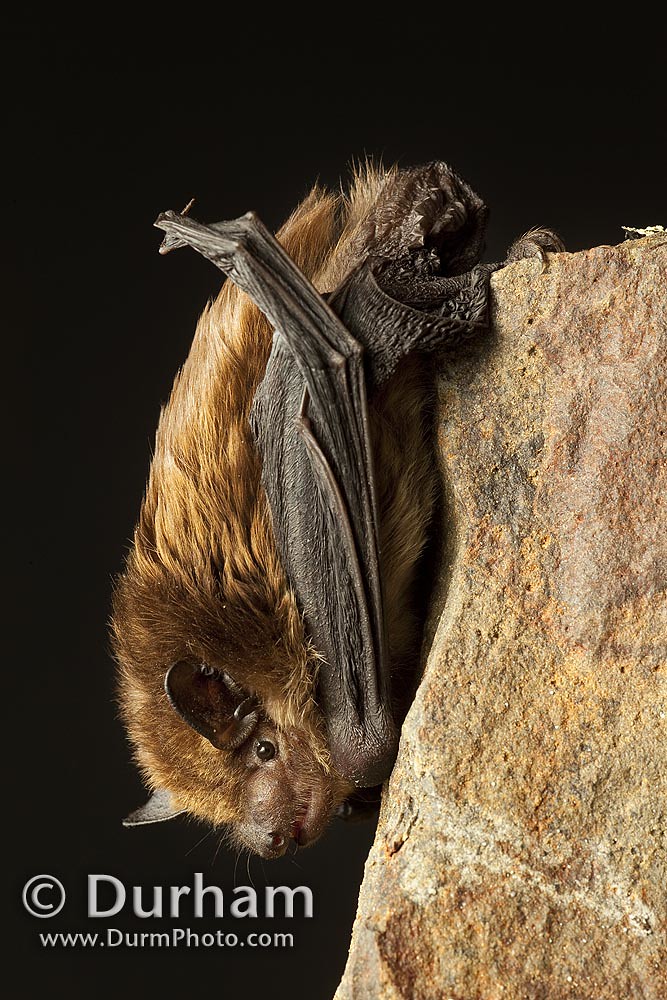
big brown bat (Eptesicus fuscus)
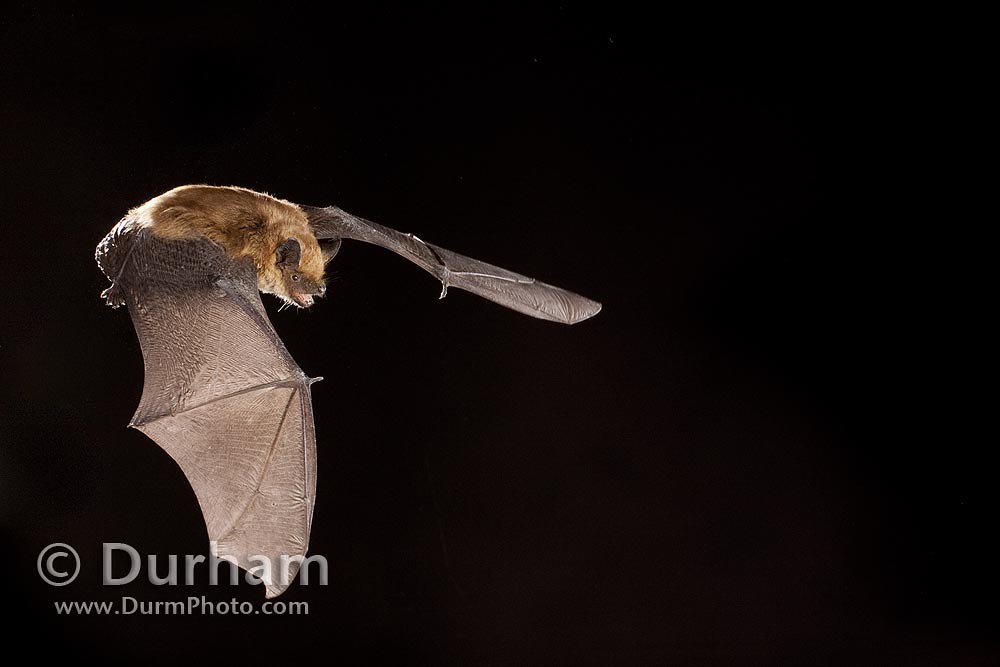
big brown bat (Eptesicus fuscus) flying at night
But every once and a while you into a big brown bat that is actually kind of sweet. This is not uncommon in a lot of species of bats. Some personalities are just calm as cucumber, but not usually big brown bats.
This one was sweet, and a great flier.

big brown bat (Eptesicus fuscus)

big brown bat (Eptesicus fuscus)

big brown bat (Eptesicus fuscus)

big brown bat (Eptesicus fuscus) flying at night
Tuesday, June 22, 2010
Knocked Down
I made a silent pledge to myself that this section of my website would be updated everyday for at least a year. It is an exercise in discipline as well as an excuse to show some of my latest images.
The last few days have really knocked me off my feet, as I have been forced to deal with an unexpected medical problem. I am okay, but feeling a lot of pain. The details are beyond boring, but I should be back in action in a week or less. Full recovery is expected.
It does offer a moment to appreciate my (usually) good health - something I try not to take for granted.
Saturday, June 19, 2010
Tricolored Bumble Bee (Bombus Ternarius)
This species is fairly common, but I have not had much opportunity to photograph it until a recent journey into the deserts of Central Washington. They made a characteristic rhythmic buzzing sound as they moved from one lupine bloom to the next. They have a noisy, buzzy flight that I really enjoyed observing.
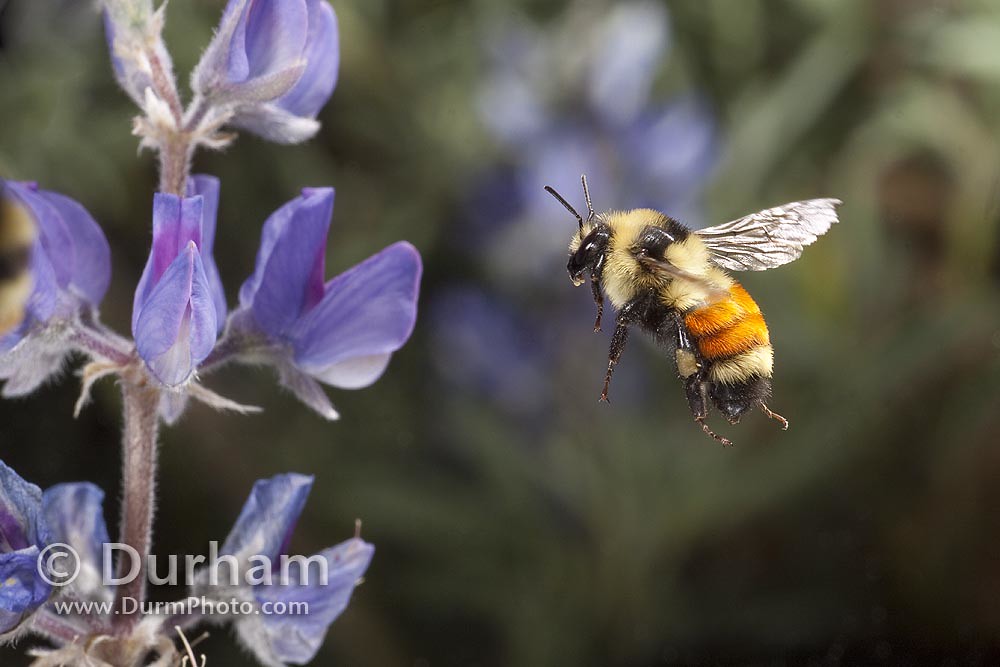
Tricolored bumble bee (Bombus Ternarius) flying among silky lupine (Lupinus sericeus) flowers
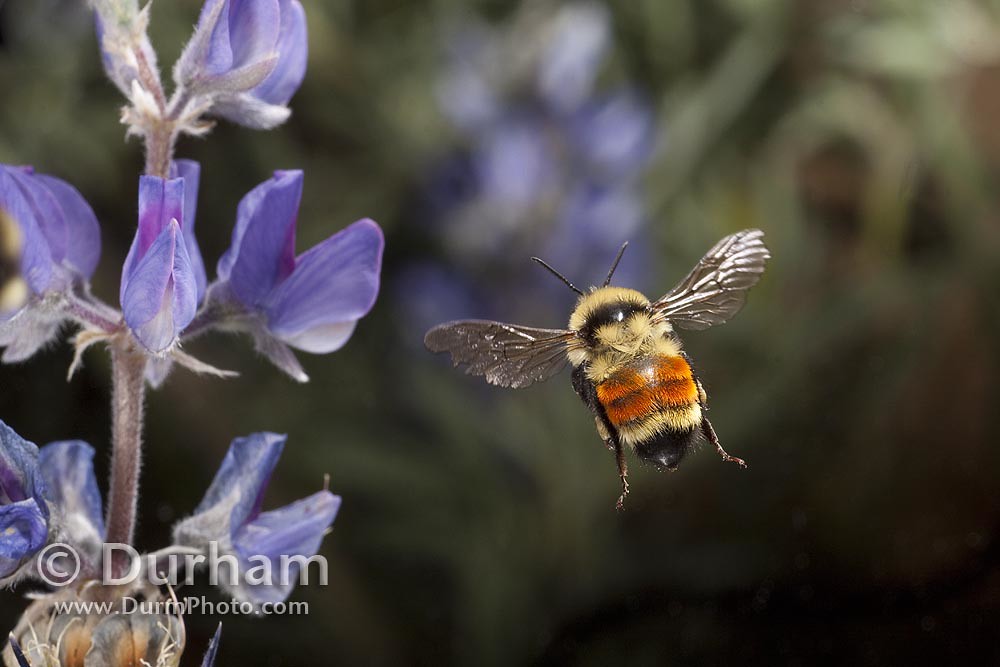
Tricolored bumble bee (Bombus Ternarius) flying among silky lupine (Lupinus sericeus) flowers

Tricolored bumble bee (Bombus Ternarius) flying among silky lupine (Lupinus sericeus) flowers

Tricolored bumble bee (Bombus Ternarius) flying among silky lupine (Lupinus sericeus) flowers
Friday, June 18, 2010
Old Highway 2
Photoshop effects can be kind of dorky, but I liked the way this complex action gives a vintage feel to yesterdays highway images. Perhaps it is late, and my judgement is compromised by lack of sleep, but in the moment these look cool.
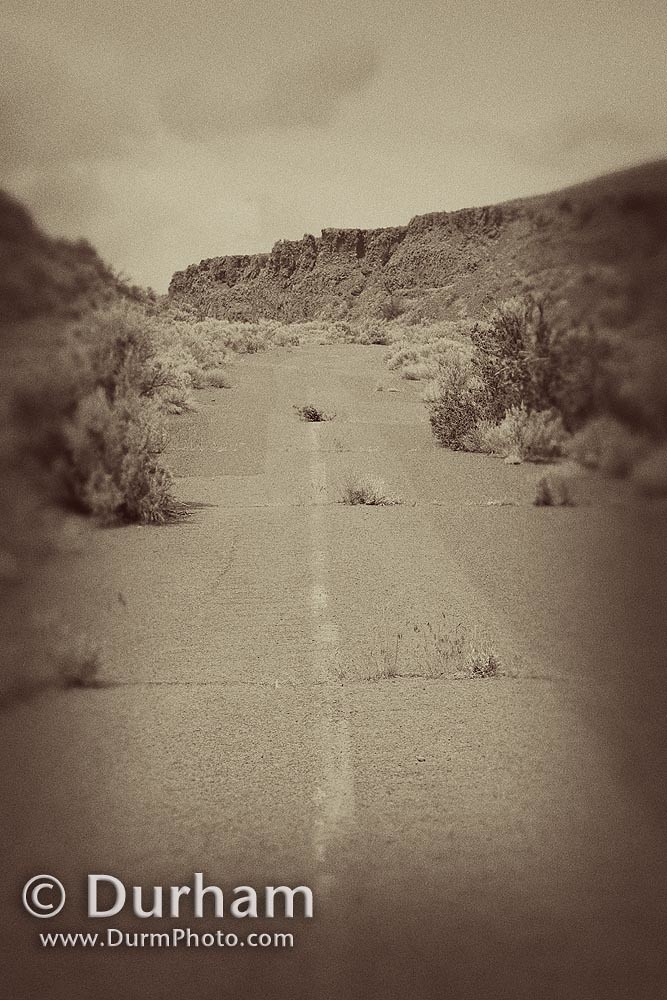
crumbling old roadway

abandoned road

crumbling old roadway

abandoned road
Thursday, June 17, 2010
Decaying Old Highway
Driving to a remote location looking for bats required traversing this old highway that was closed by the Washington Department of Transportation. I'm not sure how much longer it will passable since winter rains washes out more and more each season.
As the desert slowly moves back in, and the road becomes less functional, there is a rough beauty to bee seen.

abandoned roadway

old highway
As the desert slowly moves back in, and the road becomes less functional, there is a rough beauty to bee seen.

abandoned roadway

old highway
Wednesday, June 16, 2010
Abandoned House
Old structures can have a quaint charm that photographers have exploited for decades if not centuries. I plead guilty of the same crime here, but I find myself fascinated by the process of decay. As I see something like this abandoned homestead, I wonder at what point this house was no longer functional for the inhabitants. When did the last person who lived here leave, and decided to never return? How long before the landscape completely reclaims the land?
My educated guess is that this place was abandoned in the 1930's, sometime during the great depression. There are other homesteads further east that have a similar look, with known pedigrees of ownership and abandonment.
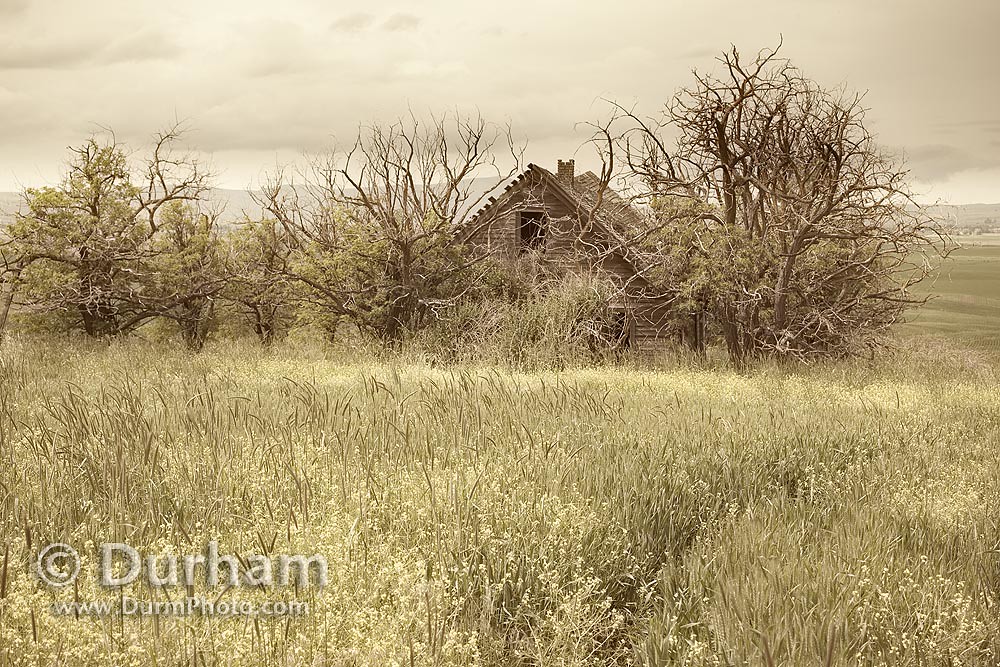
crumbling old homestead in central washington
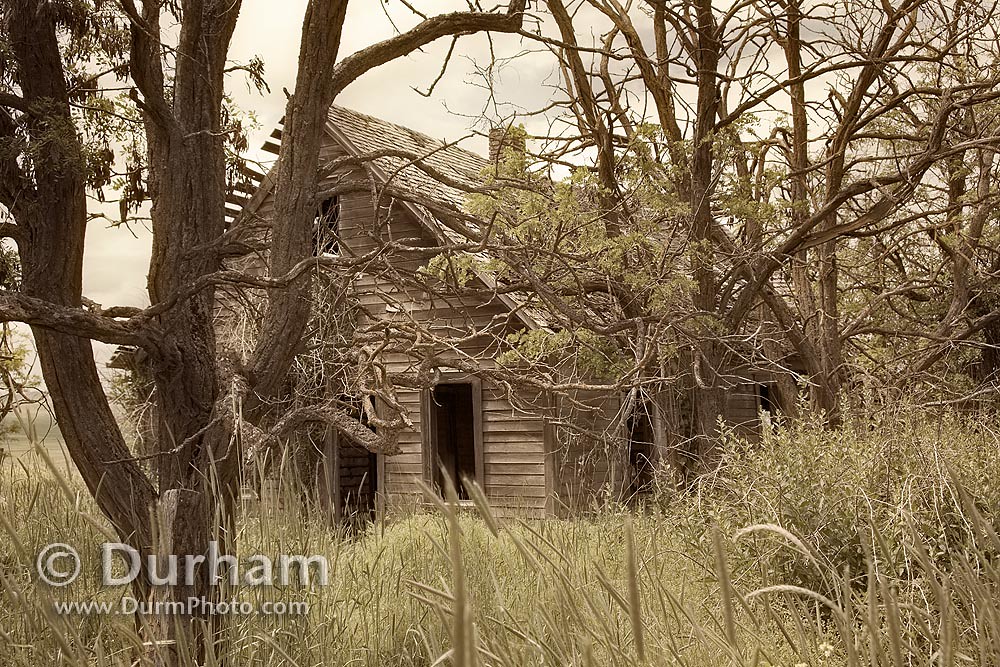
crumbling old homestead in central washington

crumbling old homestead in central washington

crumbling old homestead in central washington
My educated guess is that this place was abandoned in the 1930's, sometime during the great depression. There are other homesteads further east that have a similar look, with known pedigrees of ownership and abandonment.

crumbling old homestead in central washington

crumbling old homestead in central washington

crumbling old homestead in central washington

crumbling old homestead in central washington
Tuesday, June 15, 2010
Royal penstemon (Penstemon speciosus)
Monday, June 14, 2010
Night Sky
Photographing bats on a moonless night, as the team was putting gear away and preparing to leave, car lights and flashlights were turned on after hours of working in near complete darkness. The nearby basalt cliffs were slightly illuminated by our lights against a brilliant starry sky.
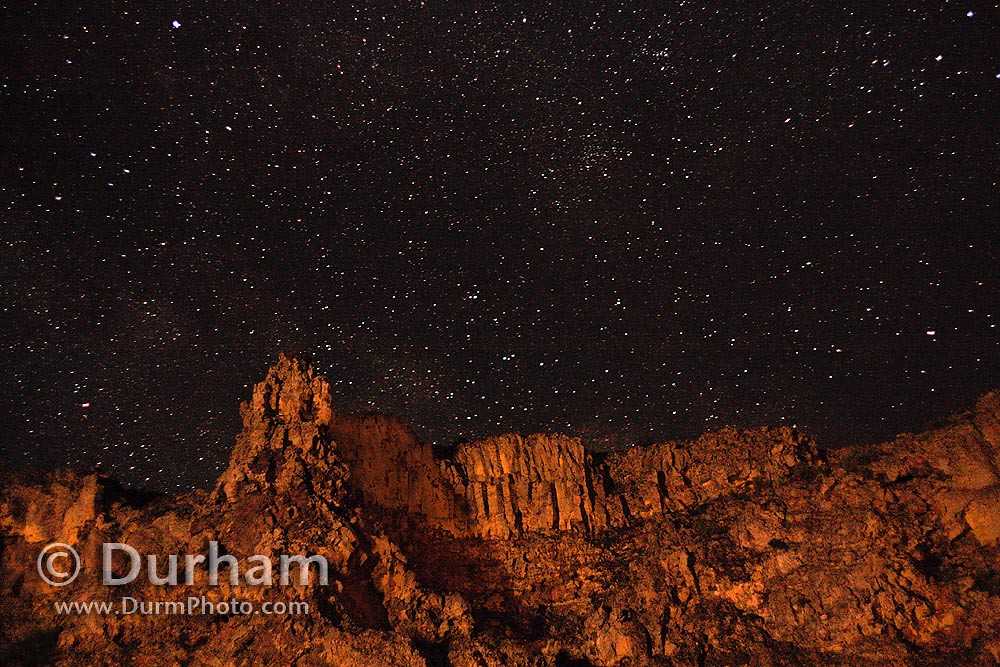
starry night, central washington.

starry night, central washington.
Sunday, June 13, 2010
Feral Pig (Sus scrofa)
Saturday, June 12, 2010
Nilgai Calf (Boselaphus tragocamelus)
Nilgai are native to India and Pakistan, where they are the largest species of antelope. However that are several free ranging populations in Texas, where they have readily adapted to the habitat.
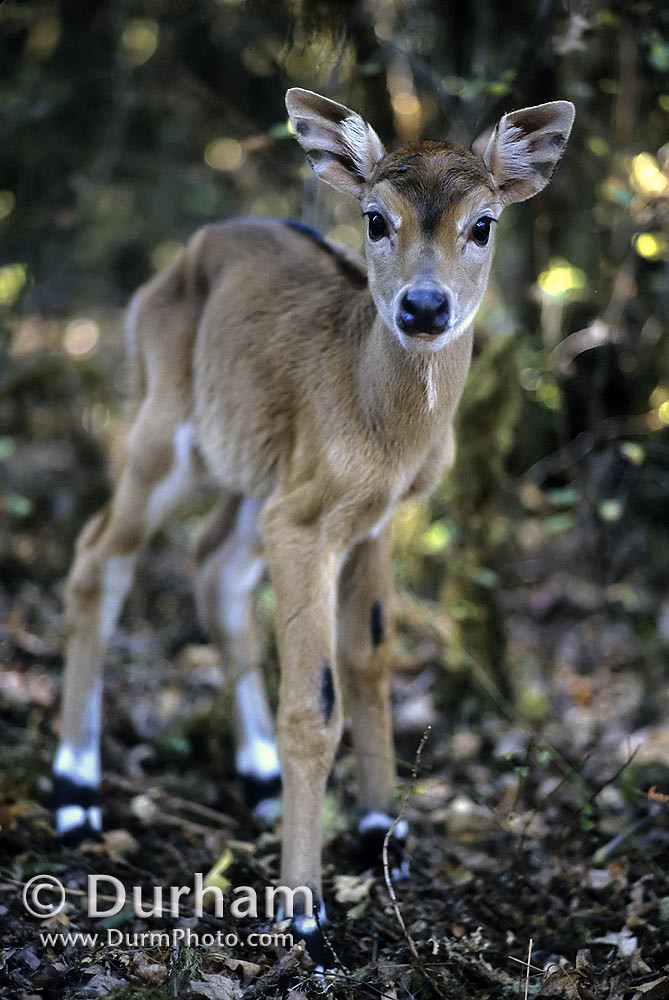
newborn nilgai calf (Boselaphus tragocamelus) less than 24 hours old

newborn nilgai calf (Boselaphus tragocamelus) less than 24 hours old
Friday, June 11, 2010
Cuvier's Gazelle (Gazella cuvieri)
Another endangered gazelle. The global wild population of Cuvier's gazelles is estimated to be between 1,750 and 2,950 animals, most of which live in Morocco.
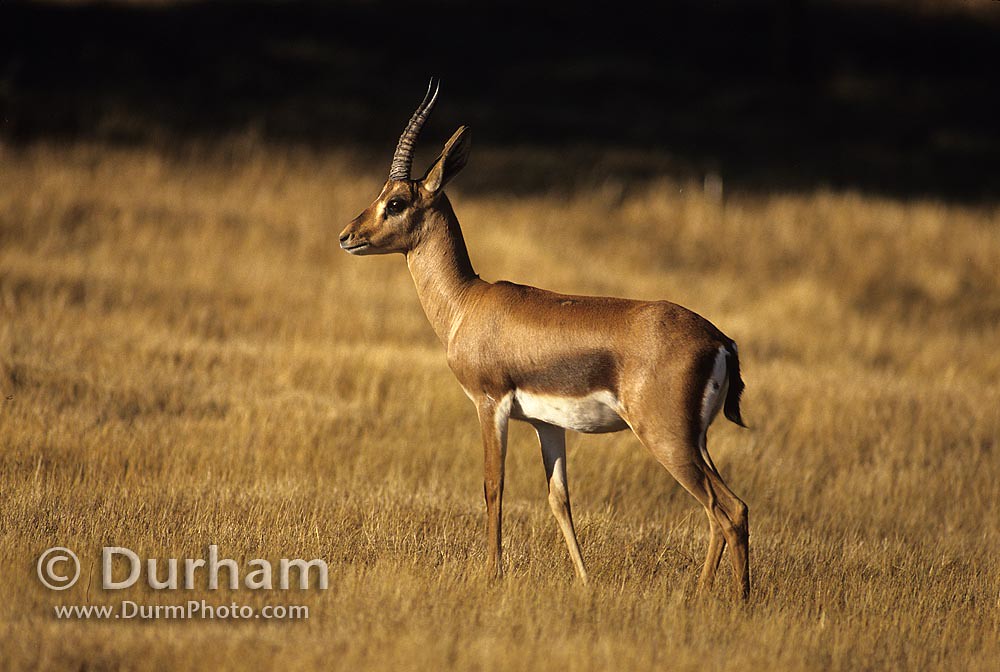
endangered cuvier gazelle (Gazella cuvieri)

endangered cuvier gazelle (Gazella cuvieri)
Thursday, June 10, 2010
Mhorr Gazelle (Nanger dama)
Another species on the brink of extinction. One of the sub-species (Nanger dama dama) is completely gone. This one lives on in captive breeding programs.
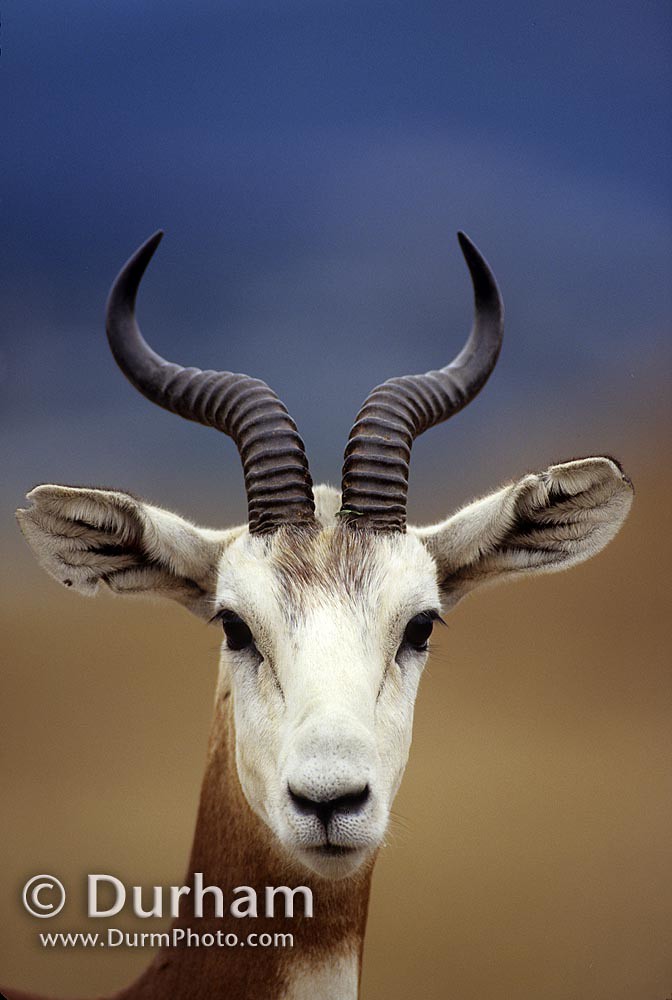
endangered mhorr gazelle (Nanger dama)
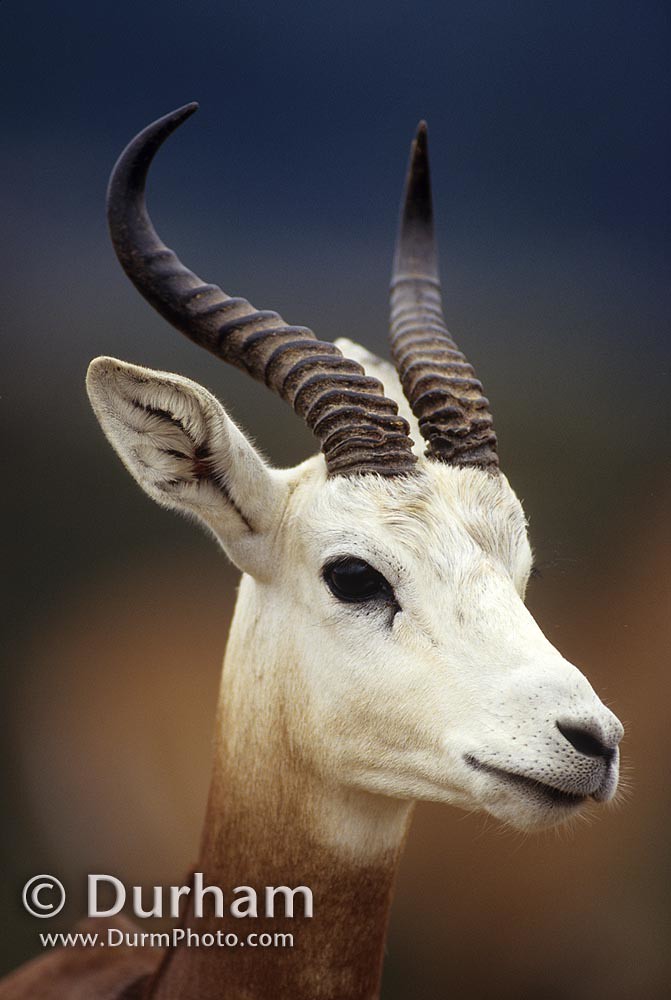
endangered mhorr gazelle (Nanger dama)

endangered mhorr gazelle (Nanger dama)

endangered mhorr gazelle (Nanger dama)
Wednesday, June 09, 2010
Scimitar-Horned Oryx (Oryx dammah)
Can this oryx be saved? Scimitar Oryx were hunted for their horns, almost to extinction. Where once they occupied the whole Sahara, they are now considered to be extinct in the wild, with no confirmed sightings in the wild for over 15 years. Although there have been unconfirmed sightings in Chad and Niger, these reports have never been substantiated, despite extensive surveys that were carried out throughout Chad and Niger in 2001-2004 in an effort to detect Sahelo-Saharan antelopes.
A global captive breeding programme was initiated in the 1960s. In 1996, there were at least 1,250 captive animals held in zoos and parks around the world with a further 2,145 on ranches in Texas. A herd exists in a fenced nature preserve in Tunisia, and is being expanded with plans for reintroduction to the wild in that country.
critically endangered scimitar-horned oryx (Oryx dammah)
Tuesday, June 08, 2010
Southern Cassowary (Casuarius casuarius)
Whenever I see "Kevin" from the pixar movie "UP", I think of the Cassowary Bird. It's not an exact match, but the Cassowary is a large and colorful bird. These birds, unlike Kevin, are not noted for their friendly demeanor. Quite the opposite in fact. To quote Wikipedia: The blade-like claws are capable of killing humans and dogs if the bird is provoked.
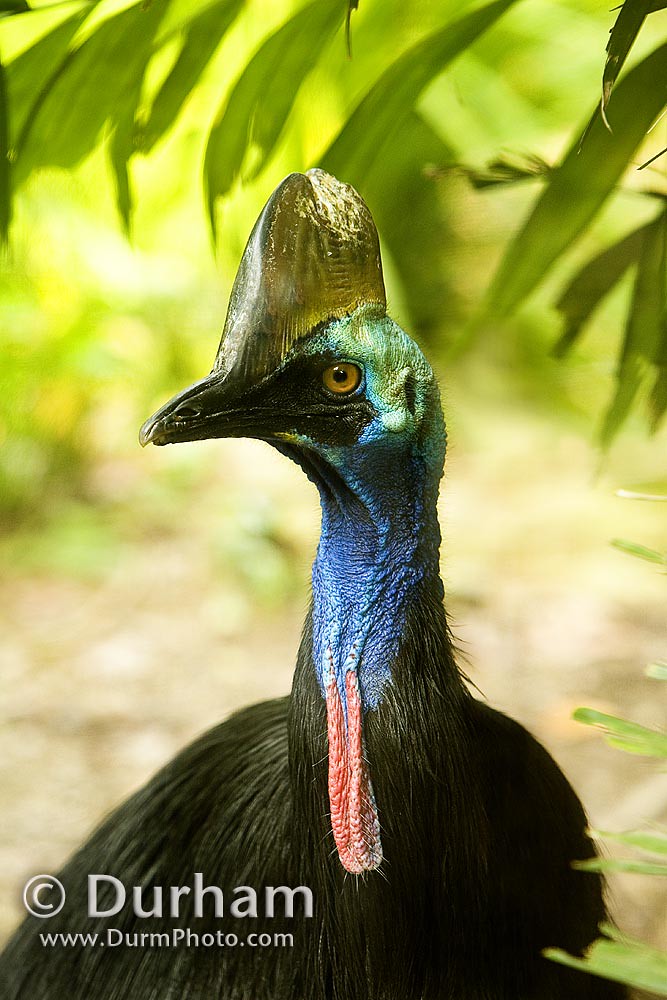
Portrait of a southern cassowary (Casuarius casuarius)

Portrait of a southern cassowary (Casuarius casuarius)
Monday, June 07, 2010
Newborn Fawn (Odocoileus hemionus)
I have told this story before, but I was recently given some grief over this image of a newborn fawn. Clearly, I was using a wide angle lens and in close proximity to the animal. Typically, I give wild animals plenty of space, but this was a unique occasion.
Driving very early in the morning on a logging road in Eastern Oregon, I came around a bend and startled this fawn and her mother. Following instinct, the fawn dropped to the ground into a "hiding" position in the middle of the road and the mother leapt into the forest. Since the road was being used by large trucks and other vehicles, I didn't think the fawn would have survived long in that location.
Turning on my flashers I grabbed my camera, scooped up the fawn and moved it deeper into the forest about 40 yards off the road. It made no sound, and did not move. After placing it, I took a few shots and then left it in peace.
The mother will return, call her fawn and find her without much trouble. I have worked around calves and fawns with professional biologists long enough to know that the mother will not be put off by human scent. The mothering instinct is too strong to abandon her fawn based upon odor.
I did not stick around to make sure there was a happy reunion, but I like to think there was.
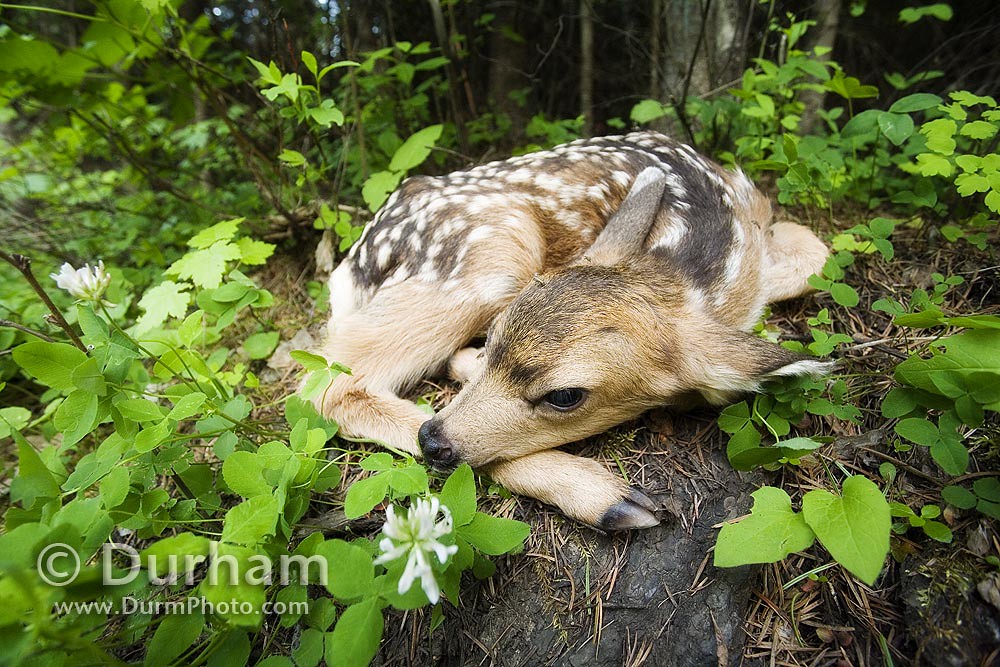
newborn mule deer fawn (Odocoileus hemionus) hides in the forest
Driving very early in the morning on a logging road in Eastern Oregon, I came around a bend and startled this fawn and her mother. Following instinct, the fawn dropped to the ground into a "hiding" position in the middle of the road and the mother leapt into the forest. Since the road was being used by large trucks and other vehicles, I didn't think the fawn would have survived long in that location.
Turning on my flashers I grabbed my camera, scooped up the fawn and moved it deeper into the forest about 40 yards off the road. It made no sound, and did not move. After placing it, I took a few shots and then left it in peace.
The mother will return, call her fawn and find her without much trouble. I have worked around calves and fawns with professional biologists long enough to know that the mother will not be put off by human scent. The mothering instinct is too strong to abandon her fawn based upon odor.
I did not stick around to make sure there was a happy reunion, but I like to think there was.

newborn mule deer fawn (Odocoileus hemionus) hides in the forest
Sunday, June 06, 2010
Eight-Spotted Skimmer Dragonfly (Libellula forensis)
Despite the murky weather, the flowers are still emerging – and I spotted a freshly emerged dragonfly cruising a pond.

male eight-spotted skimmer dragonfly (Libellula forensis) resting on foxglove (digitalis) flowers

male eight-spotted skimmer dragonfly (Libellula forensis) resting on foxglove (digitalis) flowers
Saturday, June 05, 2010
Foxglove (Digitalis purpurea) - A Medicinal Plant
This plant was introduced to the Pacific Northwest from Europe and is naturalized in much of the area. Famous for its cardiac glycosides, it is an important medicinal plant and used in the heart medicine digitalis or digitonan. Unrefined, the entire foxglove plant is highly toxic and may be fatal if ingested.
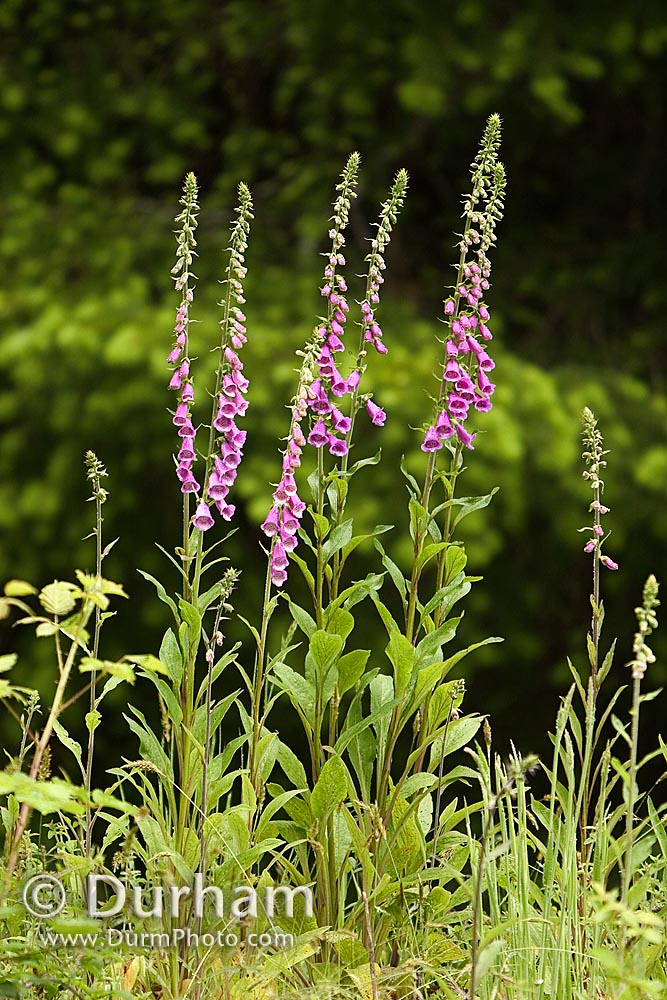
foxglove (Digitalis purpurea) a medicinal plant
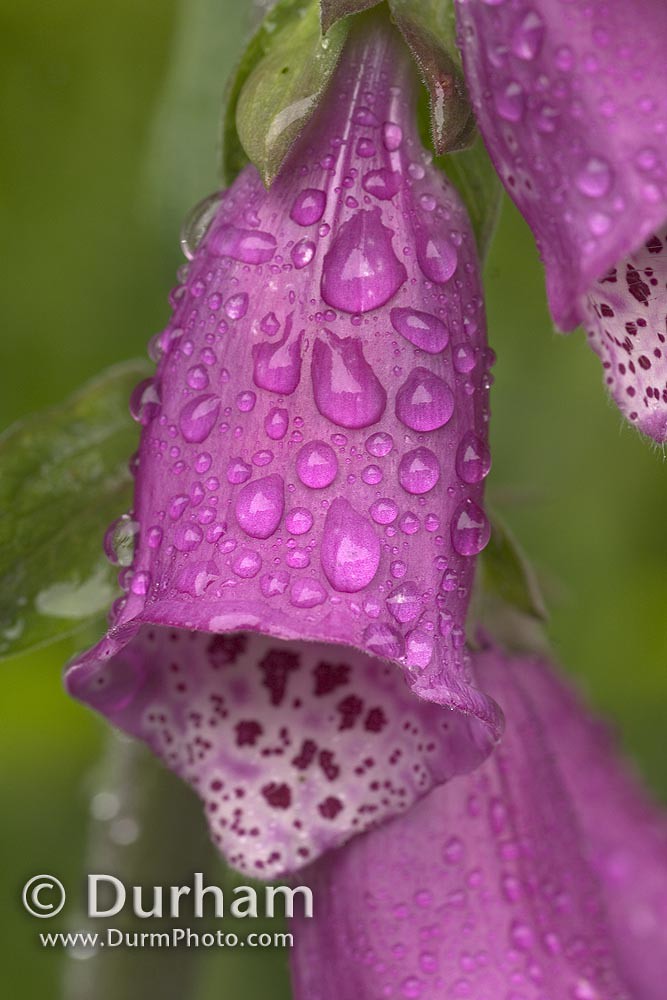
medicinal plant, foxglove (Digitalis purpurea)

foxglove (Digitalis purpurea) a medicinal plant

medicinal plant, foxglove (Digitalis purpurea)
Friday, June 04, 2010
Unsettled Weather
The rest of the country seems to be enjoying summer, but here in the Northwest it has been dark, cool, and rainy. The weather forecast has more of the same.
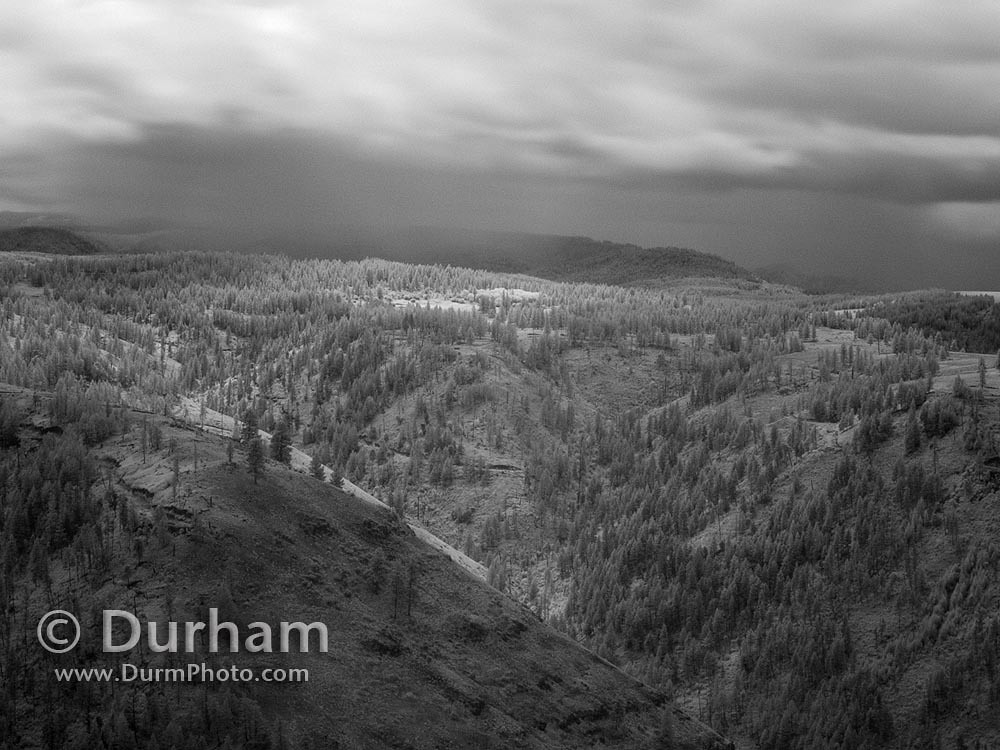
A rainstorm passes over rugged country in Northeast Oregon

A rainstorm passes over rugged country in Northeast Oregon
Thursday, June 03, 2010
Banded Alder Beetle (rosalia funebris)
These striking beetles are not rare, but certainly not common either in the Pacific Northwest. Their pattern looks exotic, and when people encounter them for the first time they often assume they are rare or foreign beetles. But in truth, their larva feeds on California laurel, Oregon ash, and New Mexico willow.
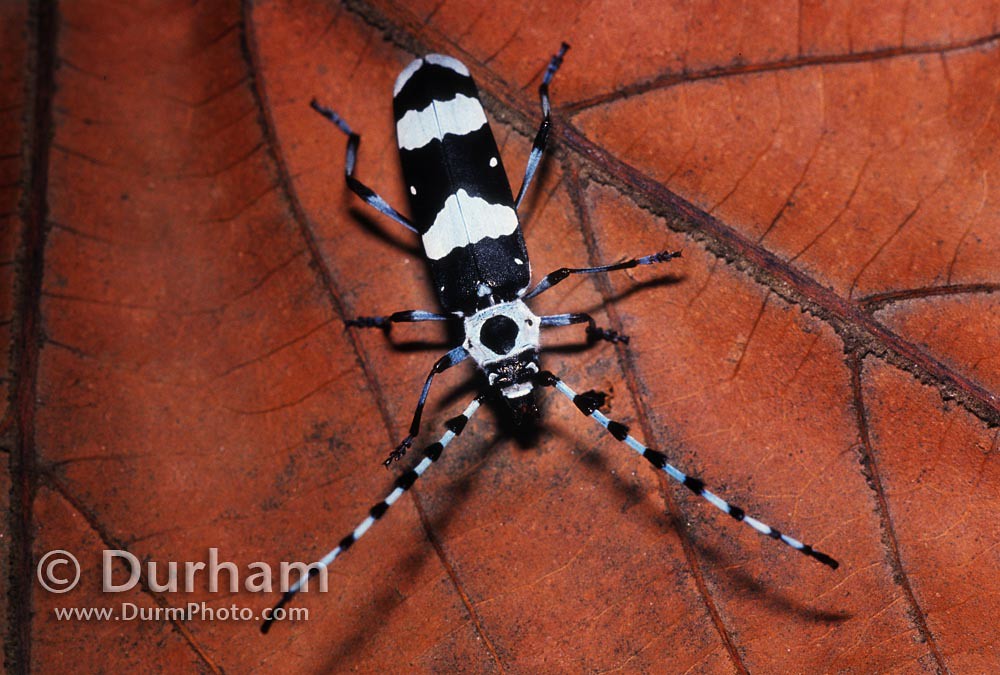
Banded alder beetle (rosalia funebris). Western Oregon.

Banded alder beetle (rosalia funebris). Western Oregon.
Wednesday, June 02, 2010
Blood Star Sea Star (Henricia leviuscula)
Tuesday, June 01, 2010
American bullfrog (Rana catesbeiana)
Subscribe to:
Comments (Atom)
Blog Archive
-
▼
2010
(167)
-
▼
June
(24)
- Brief Break
- Jumping Grasshopper
- Bat With Injured Wing
- Big Brown Bat (Eptesicus fuscus)
- Knocked Down
- Tricolored Bumble Bee (Bombus Ternarius)
- Old Highway 2
- Decaying Old Highway
- Abandoned House
- Royal penstemon (Penstemon speciosus)
- Night Sky
- Feral Pig (Sus scrofa)
- Nilgai Calf (Boselaphus tragocamelus)
- Cuvier's Gazelle (Gazella cuvieri)
- Mhorr Gazelle (Nanger dama)
- Scimitar-Horned Oryx (Oryx dammah)
- Southern Cassowary (Casuarius casuarius)
- Newborn Fawn (Odocoileus hemionus)
- Eight-Spotted Skimmer Dragonfly (Libellula forensis)
- Foxglove (Digitalis purpurea) - A Medicinal Plant
- Unsettled Weather
- Banded Alder Beetle (rosalia funebris)
- Blood Star Sea Star (Henricia leviuscula)
- American bullfrog (Rana catesbeiana)
-
▼
June
(24)
Sites I read
Details About Me
- OregonWild
- Portland, Oregon, United States
- Husband, Father, Student Of Natural History, Photographer

